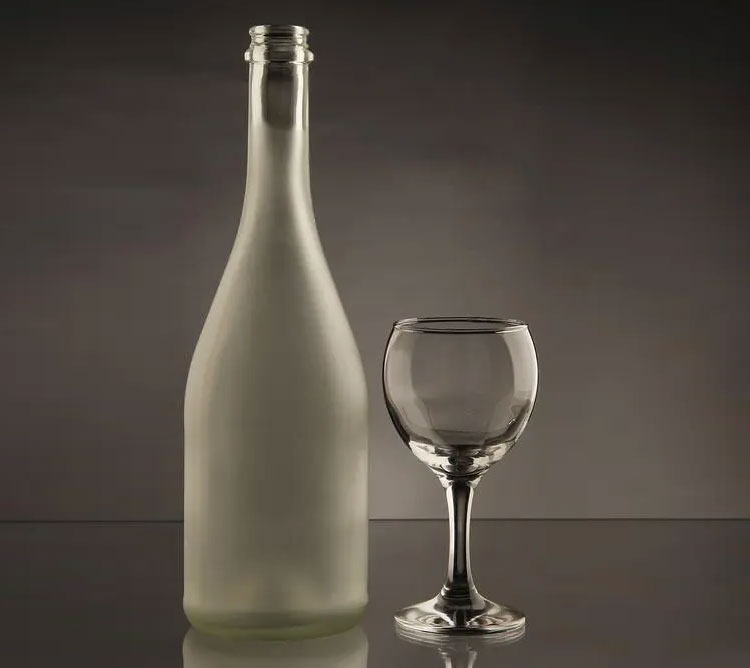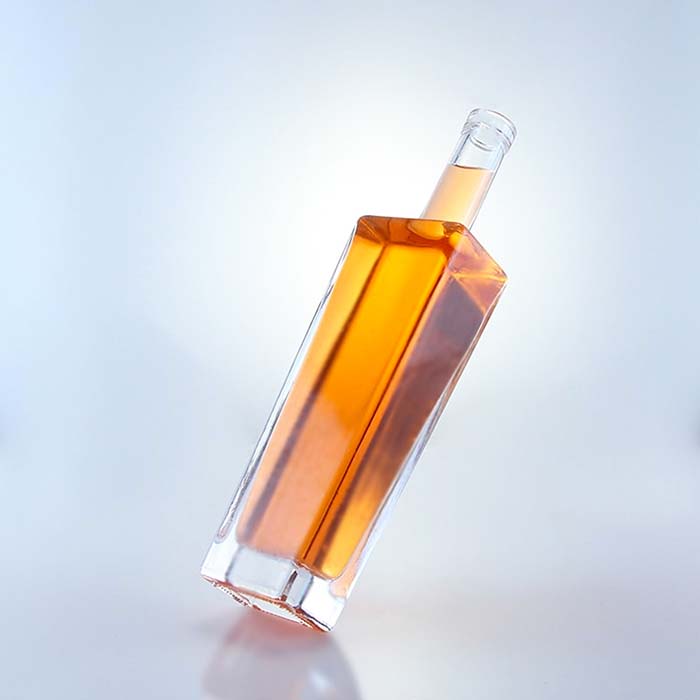Collecting antique glass bottles can be both enjoyable and lucrative. From liquor and milk to medicines and ink, these bottles tell stories of the past. Whether discovered at garage sales, antique stores, or even unearthed from the ground, some glass bottles can be quite valuable. If you’re thinking about starting your own collection, here are six key factors to consider when determining a bottle’s worth.
1. Color
The color of an antique glass bottle is one of its most noticeable and significant characteristics. Generally, colors such as light green, basic amber, green, black, and dark olive green are common and fall into the low-to-medium value range. In contrast, rarer colors like teal, cobalt blue, amethyst, straw yellow, and sapphire blue tend to be more valuable than their clearer counterparts.
2. Age
The age of a bottle can greatly influence its value, often indicated by specific markings. For example, the Pontil mark typically signifies an older bottle, which can enhance its worth. Understanding these markings is crucial for collectors.
3. Labels and Accessories
Sometimes, the true value lies not just in the bottle itself but also in its accompanying accessories. Items such as the original label, wrapping paper, box, or even the original contents can significantly increase a bottle’s value. Collectors often seek complete sets that preserve the historical context of the bottle.
4. Condition
Assessing a bottle’s condition is essential. Bottles in pristine condition—free from damage, chips, discoloration, or blemishes—command the highest prices. Bottles that are nearly perfect, with only minor wear, can also be quite valuable. In contrast, those graded as Good, Average, or Poor, reflecting varying degrees of wear and damage, will fetch lower prices.
5. Rarity
Rarity plays a crucial role in a bottle’s value. Even a bottle in less-than-perfect condition can be worth a lot if it is extremely rare. Conversely, common bottles typically need to be in excellent condition to achieve higher prices.
6. Bottle Type
Lastly, the original use of the bottle is a significant consideration for collectors. Bottles that once held medicines, poisons, hair products, or old ink can be particularly intriguing and valuable.
By evaluating these six categories, you can better assess whether your antique glass bottle is valuable. If your bottle rates highly in any of these areas, consider preserving it rather than recycling it. There may be collectors eager to add it to their collections!
Conclusion
Antique glass bottles are not just relics; they can be valuable pieces of history. Understanding the factors that influence a bottle’s worth can make your collecting journey both exciting and profitable. Happy collecting!

If you’re looking for more knowledge of glass bottles, check out the following articles:
– Top 4 Drinking Glass Manufacturers in the U.S
– Top 10 Glass Bottle Manufacturing Companies in India(Latest Updates)
– Top 10 Glass Bottle Manufacturers In The USA
– Why Choose Apple Juice in Small Glass Bottles? A Flavorful Experience
Consult Your Valiant Glass Bottles & Packaging Experts
We help you avoid the pitfalls to deliver the quality and value your glass bottle and jar need, on-time and on-budget.













